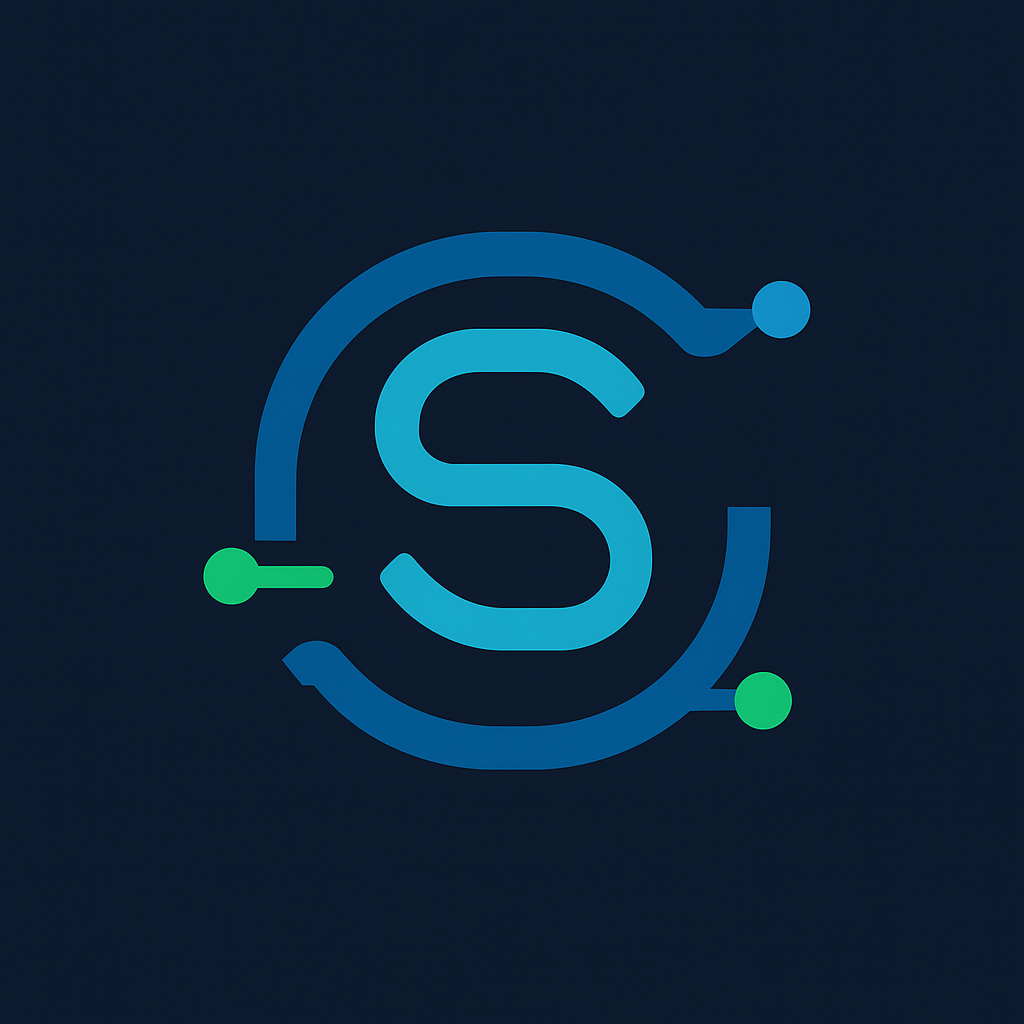RAG by code: how to reduce hallucinations and reuse snippets

RAG by code: how to reduce hallucinations and reuse snippets
Introduction
One of the most discussed issues in the use of AI in software development concerns hallucinations: the model generates syntactically correct code but logically incorrect or out-of-context. This happens because AI does not have direct access to the repository and bases its responses solely on training data. The solution is RAG for code (Retrieval Augmented Generation), an approach that integrates a semantic search engine with the language model to retrieve real snippets and functions from the project.
The RAG for code represents one of the most interesting applications of sviluppo-AI, as it combines the power of generative models with the practicality of existing code.
It seems that the text you intended to provide for translation is missing. Please provide the text you would like me to translate, and I’ll be happy to assist you!
What is RAG for code
The Retrieval Augmented Generation (RAG) is a technique that combines two phases:
- Retrieval → the system searches the archives (repository, database, documentation) for the most relevant code snippets.
- Generation → the AI model uses these snippets as context to produce a coherent and accurate response.
In the context of software development, the RAG for code allows for:
- Reduce logical and syntactical errors.
- Reuse already tested snippets.
- Obtain responses that are more aligned with the style and libraries used by the team.
It seems that the text you intended to provide for translation is missing. Please provide the text you’d like translated, and I’ll be happy to assist!
How it works in practice
Let’s imagine a team using Cursor or GitHub Copilot. Without RAG, the AI suggests “generic” solutions based on training. With RAG for code instead:
- The developer asks a question → e.g. “How do I implement a connection to PostgreSQL with pooling?”
- The RAG engine searches the snippets in the repository and finds a similar function already used.
- The AI combines the found context with generation and proposes a solution that adheres to the actual project.
In this way, the result is not only syntactically correct but also aligned with the business stack.
It seems that there is no text provided for translation. Please provide the text you would like to have translated to English, and I’ll be happy to assist you!
Implementation Example
Here is a basic template in Python for building a RAG prototype for code:
from openai import OpenAI
from my_vector_db import search_snippets # funzione che interroga un DB vettoriale
client = OpenAI(api_key="API_KEY")
query = "Funzione Python per leggere da un file CSV e inserire in PostgreSQL"
# Recupero snippet rilevanti
docs = search_snippets(query, top_k=3)
context = "\n".join([d["content"] for d in docs])
prompt = f"Usa i seguenti snippet come contesto e genera una funzione ottimizzata:\n{context}\n\nDomanda: {query}"
response = client.chat.completions.create(
model="gpt-4.1",
messages=[{"role": "user", "content": prompt}]
)
print(response.choices[0].message.content)In this example, the RAG for code retrieves snippets from a vector database (e.g., based on Pinecone, Weaviate, or PostgreSQL with the pgvector extension) and provides them to the OpenAI model as context.
It seems that the text you want to translate is missing. Please provide the text you would like me to translate to English, and I’ll be happy to assist you!
Benefits of RAG for Code
The main advantages are:
- Reduction of hallucinations: AI is based on real code.
- Reuse: maximizes the value of already validated snippets and functions.
- Consistency: maintains the style and conventions of the team.
- Efficiency: accelerates writing, debugging, and maintenance.
These benefits strengthen the role of the RAG as an essential component in AI-development pipelines.
It seems that the text you intended to provide for translation is missing. Please provide the text you’d like me to translate, and I’ll be happy to assist you!
Limits and Considerations
Despite the advantages, RAG for code presents some challenges:
- Knowledge Base Management → duplicate or poorly documented snippets reduce the quality of responses.
- Performance → semantic search on large repositories requires efficient indexing.
- Privacy and Security → be careful not to send sensitive code to non-compliant cloud services.
It is therefore essential to have solid governance, which is an integral part of sviluppo-AI practices.
It seems that there is no text provided for translation. Please provide the text you would like to have translated, and I’ll be happy to assist you!
Integration into the DevOps Flow
To make the RAG part of the software lifecycle:
- Automatically index the repository on every commit.
- Integrate the RAG engine with tools like Cursor or Copilot.
- Use CI/CD to validate that the generated responses are compliant.
- Monitor quality metrics (precision, recall, developer feedback).
Thus, the RAG for code becomes a living practice, not an isolated experiment.
It seems that the text you intended to provide for translation is missing. Please provide the text you would like translated, and I’ll be happy to assist you!
Consulting and Services
Implementing a RAG system for code requires expertise in AI, vector databases, and DevOps. As an IT consultant, I offer:
- Audit of repositories and creation of the snippet base.
- Setup of vector databases (pgvector, Pinecone, Weaviate).
- Integration of RAG with AI such as OpenAI, Claude, or LLaMA.
- Training of teams on governance and security in sviluppo-AI.
It seems that there is no text provided for translation. Please provide the text you would like to have translated, and I’ll be happy to assist you!
Conclusion
The RAG per codice is the concrete answer to the problem of hallucinations and a powerful tool for reusing existing assets. Integrating it into DevOps workflows means increasing productivity, consistency, and software quality.
👉 Want to understand how to apply RAG to your repository? Learn more in our complete guide to AI development or contact me for a personalized consultation.
It seems that the text you intended to provide for translation is missing. Please provide the text you would like translated, and I will be happy to assist you!
FAQ
What is RAG for code?
It is a technique that combines semantic search and AI generation to reduce hallucinations and reuse snippets.
How to implement a RAG for code?
By indexing the repository in a vector database and providing snippets to the AI model as context.
Is the RAG for code secure?
Yes, if managed in compliant environments (e.g., on-premise or certified cloud) and with governance of sviluppo-AI.


